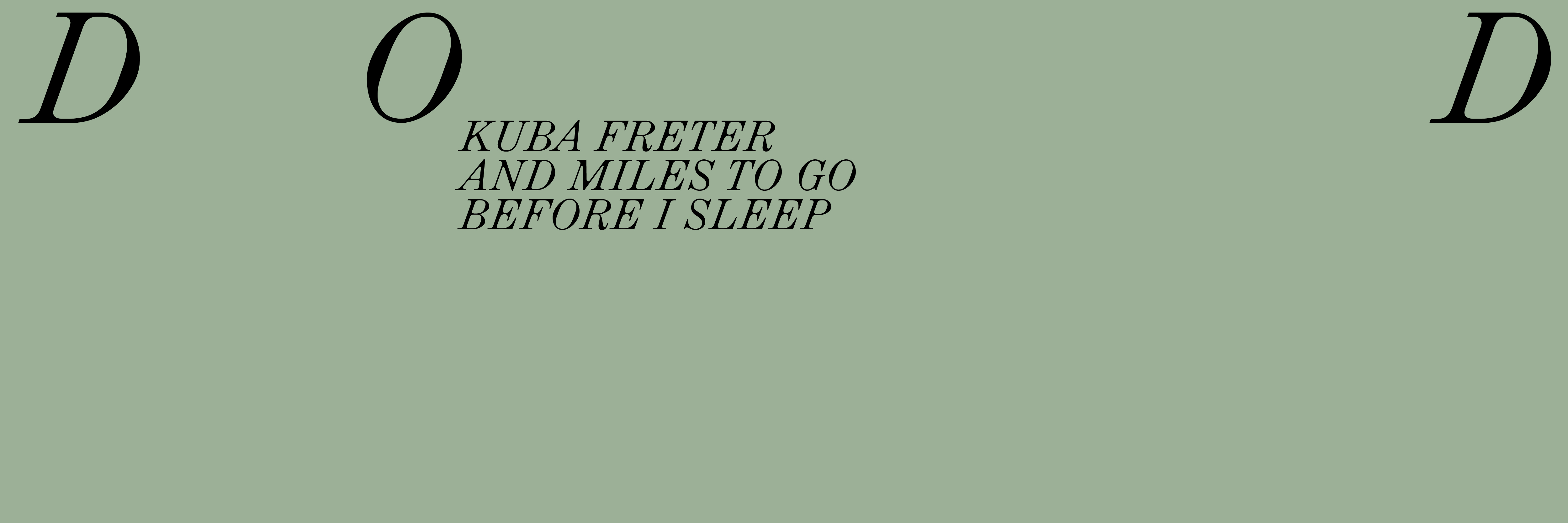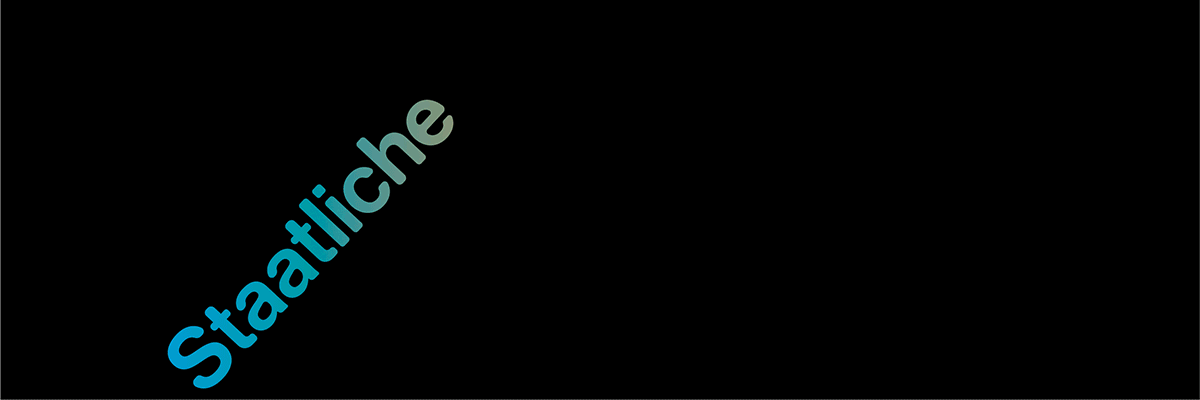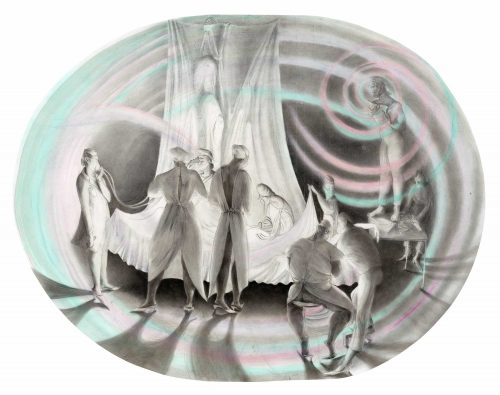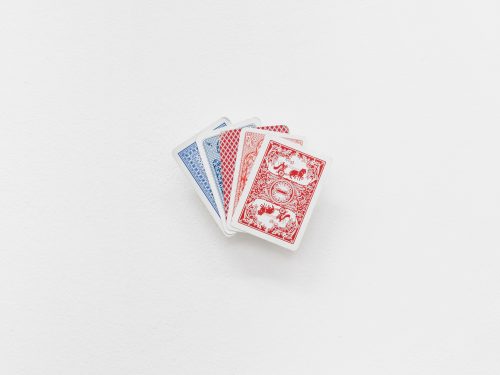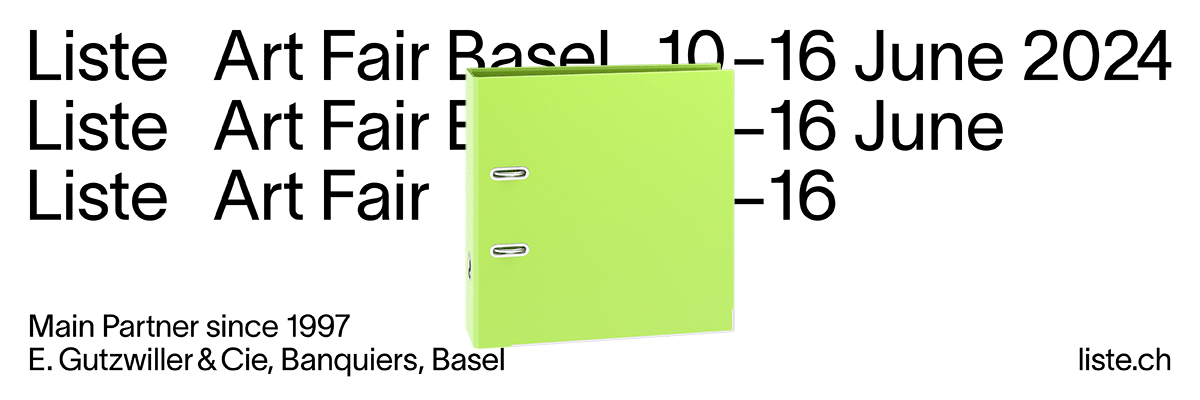
Paula Santomé
HUG ME BAREFOOT
Project Info
- 💙 Kaiserwache
- 💚 Rahel Zahlten, Marco Spitz, Christina Sperling, Ilja Zaharov
- 🖤 Paula Santomé
- 💜 Ilja Zaharov
- 💛 Christina Sperling
Share on

Paula Santomé, HUG ME BAREFOOT, 2022, clay on steel, 41cm x 31cm x 4cm
Advertisement
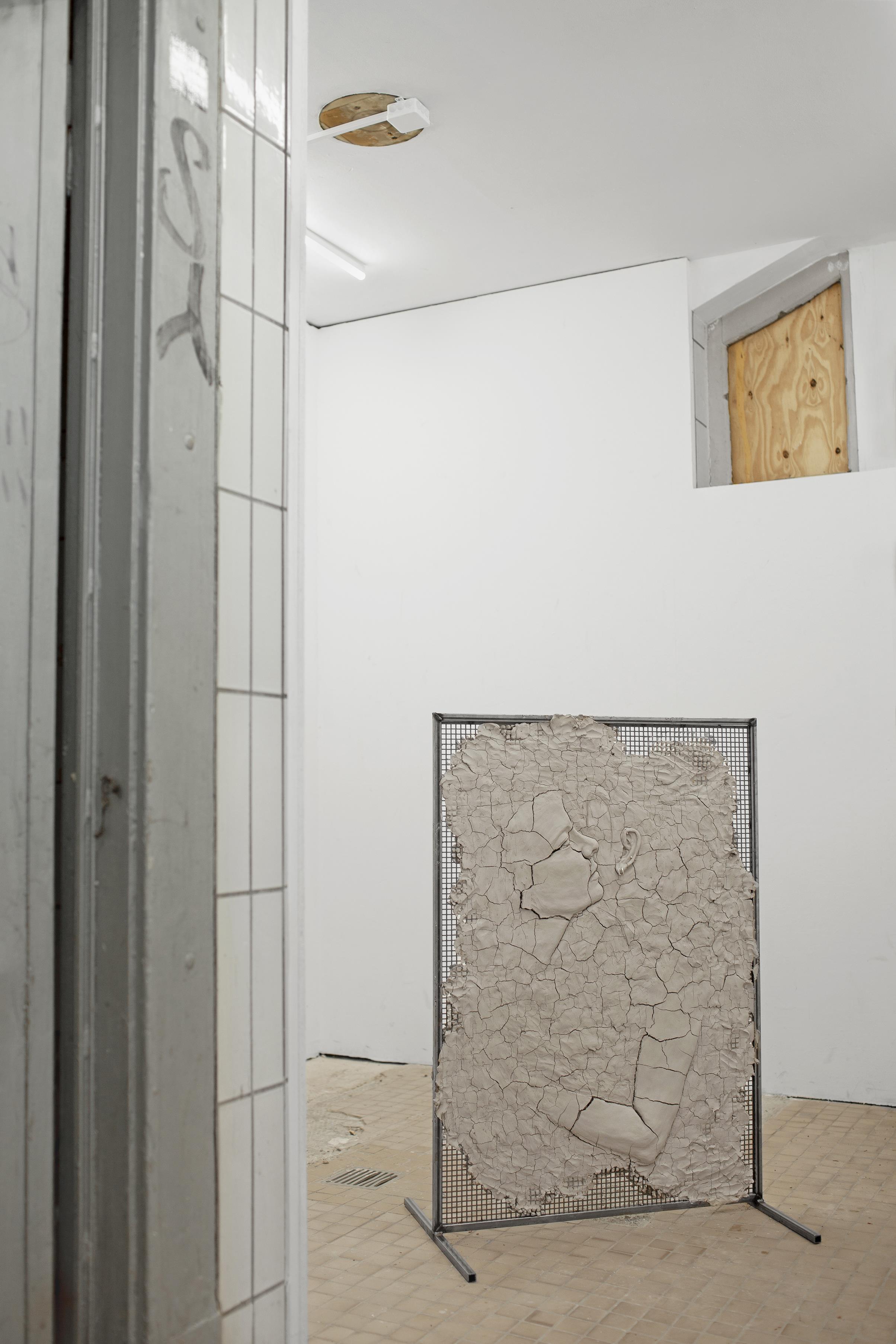
Paula Santomé, HUG ME BAREFOOT, 2022, clay on steel, marijuana cigarette and jewelry, 101cm x 71cm x 47cm
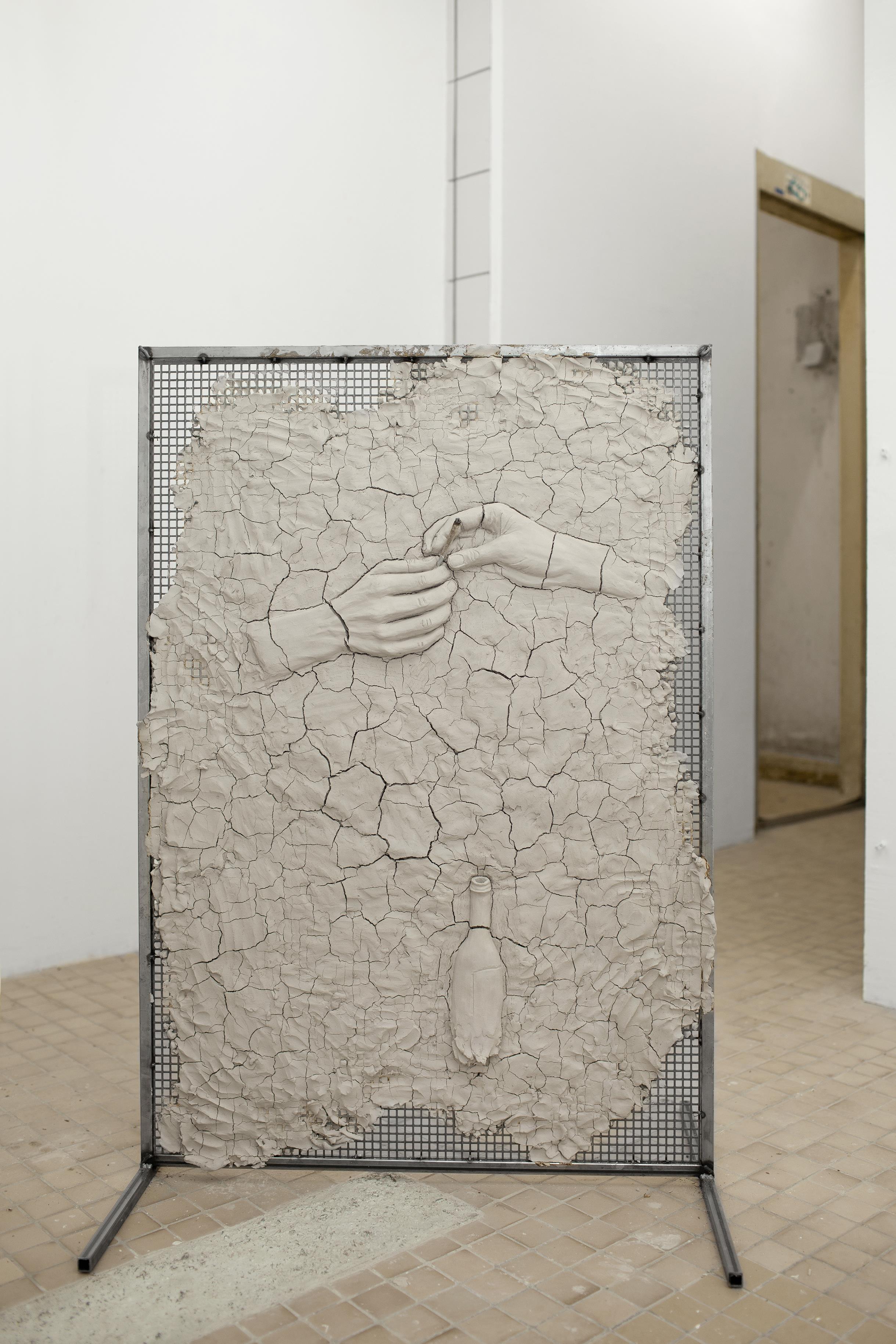
Paula Santomé, HUG ME BAREFOOT, 2022, clay on steel, marijuana cigarette and jewelry, 101cm x 71cm x 47cm

Paula Santomé, HUG ME BAREFOOT, 2022, clay on steel, marijuana cigarette and jewelry, 101cm x 71cm x 47cm (detail)

Paula Santomé, HUG ME BAREFOOT, 2022, clay on steel, marijuana cigarette and jewelry, 101cm x 71cm x 47cm (detail)
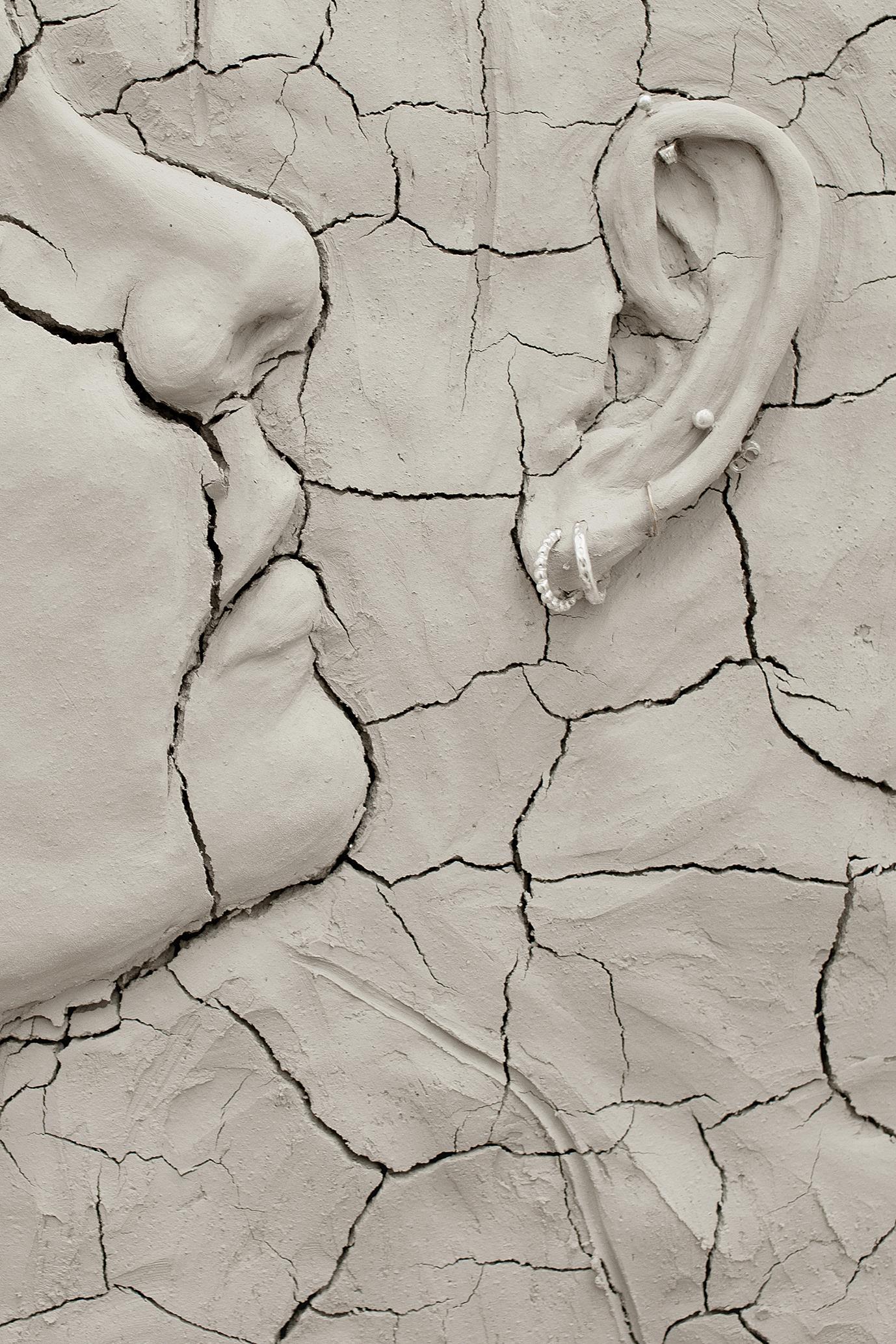
Paula Santomé, HUG ME BAREFOOT, 2022, clay on steel, marijuana cigarette and jewelry, 101cm x 71cm x 47cm (detail)

Paula Santomé @ Kaiserwache, HUG ME BAREFOOT, 2022
HUG ME BAREFOOT marks Paula Santomé’s first solo exhibition in Germany and inaugurates Kaiserwache as a temporary independent exhibition space. Kaiserwache is pleased to present two newly commissioned works of the same title on May 27, 2022.
Paula Santomé’s practice interrogates youth-based culture, including graffiti, free running and rave, thereby highlighting the inherent tension between cultural resistance towards capitalist usurpation and its simultaneous dependance on capitalist structures. Her work makes palpable how changes in subjectivity constitute a driving force of greater social change. Her recent large-scale drawings of panoramic party landscapes present various contradictory facets of rave culture. Inhabiting these landscapes, scattered groups of raving women are oftentimes depicted urinating, vomiting or passed out in between beer cans and other rave residue, giving the impression of an event that has run its course. What we see is not pretty, the raver’s drug-fueled attempts of mental escapism ultimately being stifled by the inevitable limits of the body.
«The comedown then follows as the return of the repressed. In this case, the hedonistic pleasure and feeling of connectedness and realness is replaced by a look at our lives with ‘sober senses’, which takes in our isolation, meaninglessness and atomisation. In this sense, it is the comedown that explains the raver’s high.» ¹
Santomé’s drawings address the legacy of rave as a politically relevant occurrence capable of engendering collectivity and autonomy as well as fostering free self-expression, experimental living and the ‘specter of a world that can be free’.
In continuing her inquiry into raving, the exhibition unites many of the concerns of her recent drawings. For HUG ME BAREFOOT the artist produced two clay reliefs on-site in a span of five days. Clay was directly sculpted onto metal grids and left to dry naturally. During this drying process the clay responded to the temperature and humidity of its environment and started fissuring intensely, thereby fragmenting the image. Over time the images will become less recognizable, segments may possibly break off entirely by the end of the show. In doing so, the physical work disintegrates like a memory referring back to the artist‘s personal recollections the motifs are derived from.
Located in the main room, the freestanding double-sided low relief depicts two hands exchanging a once lit joint, which is not made of clay. An open wine bottle is rendered on the lower half of the relief. The other side contains a head profile speaking into the ear of a vaguely rendered figure to presumably counter loud music. Although another reading may interpret the head kissing her opposite on
the cheek. Either way, the image imparts a feeling of intimacy and sensuality. The ear of the receiver is adorned with real ear jewelry and shaped in detail. The only other pronounced body part is her arm wrapping around where the talker‘s body would be located. Perhaps the figures are leaning in for a hug.
This selective sculpting described above; emphasizing certain parts while intentionally leaving raw sections, bears relation to the tradition of non-finito. In this sense, the reliefs are hovering in a hybrid state between preliminarity and finalization.
In the interspace the second relief is mounted to the wall showing a head, whose eyes are obscured by a phallic faucet from which this head is drinking.
Santomé puts a lens on subtle private (inter)actions, which may appear unremarkable in a crowded rave environment, but in isolation gain a dimension of symbolism and significance. Despite the contextual connection with her previous work, these works encourage the projection of one‘s own imagination.
¹ Mark Fisher, Baroque Sunbursts, 2016
About the Artist:
Paula Santomé (b. 1994, Vigo, Spain) lives and works in Basel. She is currently completing her postgraduate studies in fine arts at Hochschule für Gestaltung und Kunst FHNW. Santomé participated in numerous group shows at such venues as: Greylight Projects, Brussels (2016); Casa Decor, Madrid (2017); Museo de Pontevedra (2017); Giulietta, Basel (2021); Atelierhaus Klingental, Basel (2021); Kunsthalle Basel (2021). In 2021 she received the Grant for the International Summer Academy of Salzburg. In the same year she was awarded a grant by the Kunstkredit Basel-Stadt for her work presented at Regionale 22.
About Kaiserwache:
Kaiserwache serves as a platform for forward-thinking artists to work in and reflect on a unique space.
The hygiene facility known to Freiburg’s residents as “Kaiserwache” was due to its central location in the city and its immediacy to the banks of the Dreisam a well-frequented building. With the final decommissioning of its original purpose the question arises as to what an alternative use of the heitageprotected building might look like. A question whose relevance will only increase, especially in view of the rising lack of space in Freiburg, despite many buildings being vacant. With this in mind, KW presents itself as an offspace concerned with its own temporality, interested in suggesting alternatives beyond its interim use. Acting as a catalyst, the specificity of the space facilitates discourse on a multitude of issues surrounding the institution of the public toilet.
Curated by Christina Sperling, Rahel Zahlten, Marco Spitz and Ilja Zaharov.
This exhibition is made possible with public funds from the Cultural Office of Freiburg.
Ilja Zaharov
